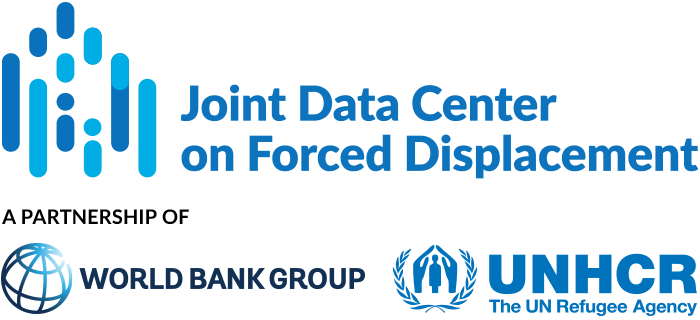This article investigates the factors influencing the destination choices of Ukrainian refugees in the European Union (EU) between March and December 2022. The Russian invasion of Ukraine on 24 February 2022 led to the flight of more than 8 million Ukrainian refugees, the majority to European countries. This mass displacement triggered the activation of the Temporary Protection Directive 2001/55/EC (TPD), which provides a highly favorable environment for Ukrainian refugees, granting them the right to apply for protection in any EU country and to work and reside there until they can safely return to Ukraine.
The authors use a variant of a gravity model, where refugee flows are assumed to be directly proportional to the size of countries (measured by population) and inversely proportional to physical distance. The model incorporates social networks, distinguishing between pre-war communities of Ukrainian migrants settled in the EU before the hostilities and newly established refugees who benefited from Temporary Protection (TP) in the EU. It also includes control variables such as cultural proximity, expected earnings, risk of social exclusion, size of the informal sector, anti-immigration sentiment, and rule of law. The analysis focuses on the period between March and December 2022 and is also conducted for two subperiods (March–May and June–December), corresponding to the months before and after the summer season, coinciding with a relative stabilization of refugee flows.
The analysis draws on monthly refugee flow data from EUROSTAT, pre-war Ukrainian migrant stock data from the United Nations, and various socioeconomic and political indicators from EUROSTAT and the World Justice Project.
Main results:
- Both pre-war Ukrainian communities and newly established refugee networks significantly influence refugee destination choices, but the influence of new networks is stronger than that of pre-existing ones as the war progresses. Coefficients associated with prewar social networks and accumulated refugee migration are positive and statistically significant. The monthly flow of Ukrainian refugees into a country would increase by 0.250 and 0.356 percent as a result of a one percent increase in pre-war social networks and accumulated refugee migration, respectively.
- The influence of social networks on refugees’ destination choice persists throughout the war. Neither coefficient changes significantly when moving from the first subperiod (March–May) to the second (June–December).
- Factors such as the risk of social exclusion, anti-immigration sentiment and rule of law emerge in the second subperiod. Refugees prioritize destination countries with low risk of social exclusion and anti-immigration sentiment, and with high rule of law levels.
- Expected earnings and the size of the informal sector in destination countries are salient in both subperiods. Coefficients do not vary significantly across the two subperiods, suggesting that that refugees make rational decisions even under extreme distress.
- Distance did not exert a decisive influence on the initial flows of Ukrainian refugees. Distance is not statistically significant in the first subperiod.
- Cultural proximity is a decisive factor in the first subperiod. Many refugees prioritized EU countries with close cultural ties during the first months of the armed conflict, which cancels out the role of distance since they are, in all cases, neighboring countries.
- The importance of population grows over time. The coefficient of the second period is higher than that of the initial period.
The authors conclude that the size of pre-war communities of Ukrainian migrants and pioneer refugees benefiting from TP in the months following the outbreak of the war played a role in facilitating Ukrainians’ migration. The supportive role of social networks, as well as some economic factors (expected earnings and the size of the informal sector), exerted influence on refugees’ destination choice since the outbreak of the war. While initial refugee flows prioritized cultural proximity and some economic factors (expected earnings and the size of the informal sector), other socioeconomic and political factors (risk of poverty and exclusion, anti-immigration sentiment, and rule of law) became salient only as the war progressed.


